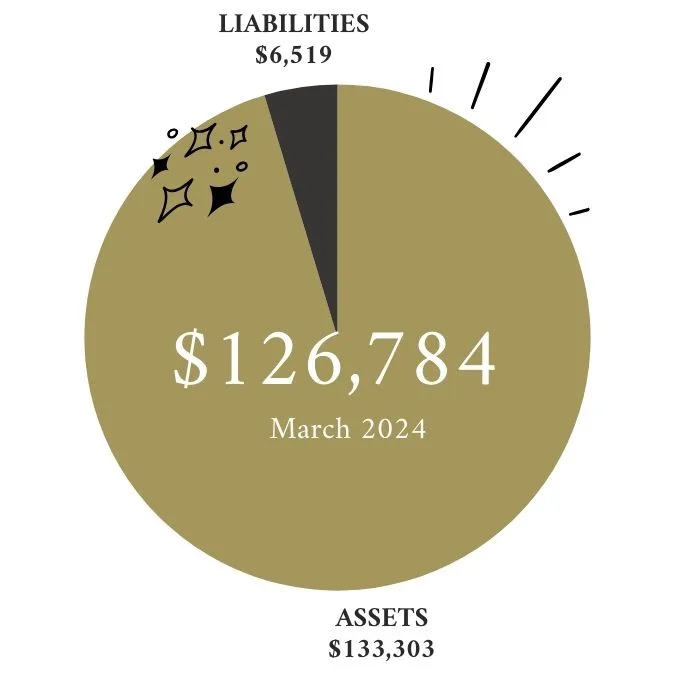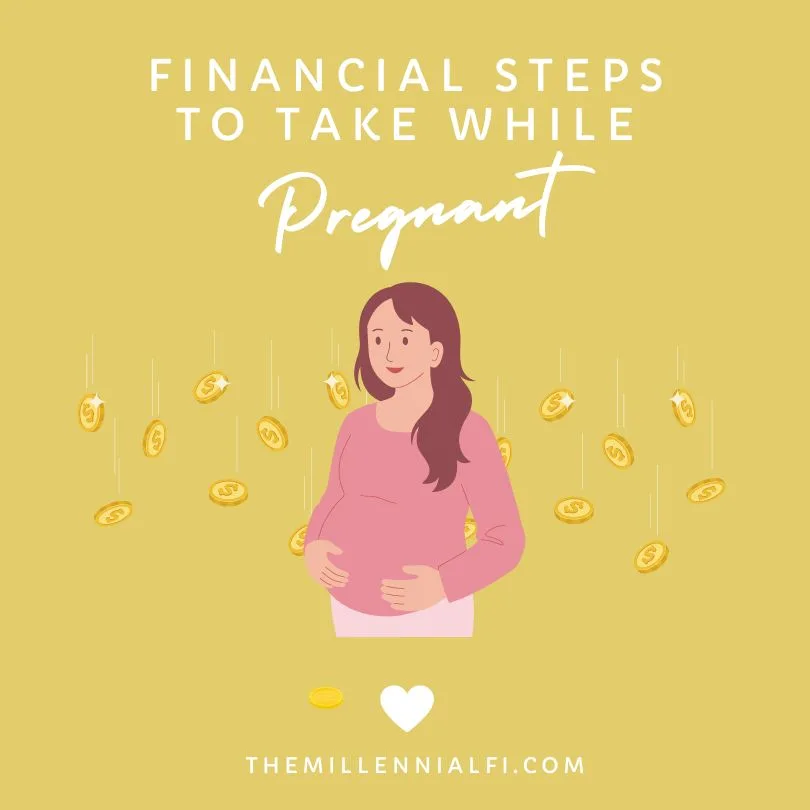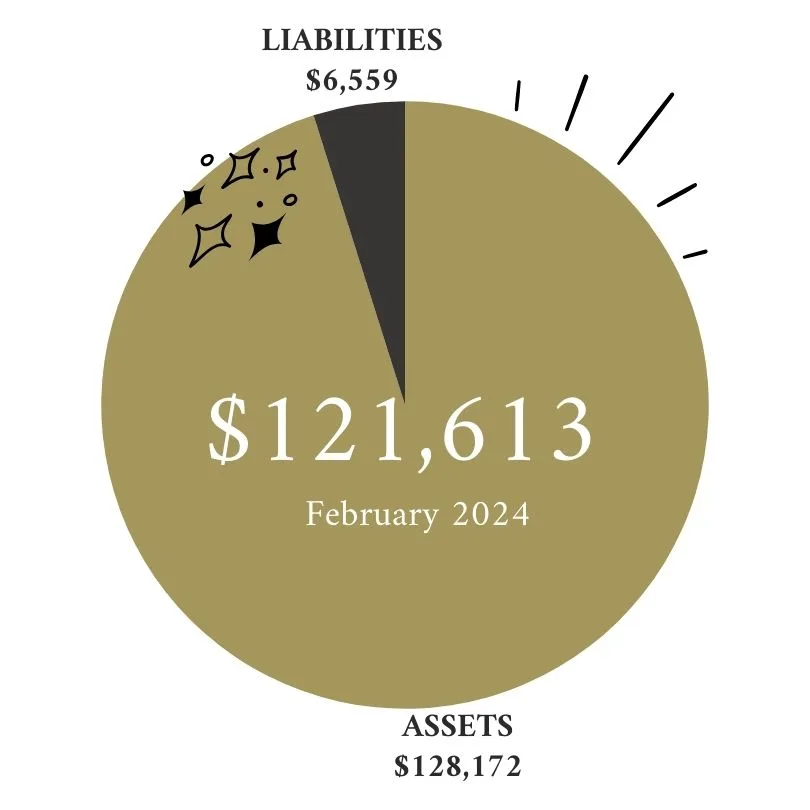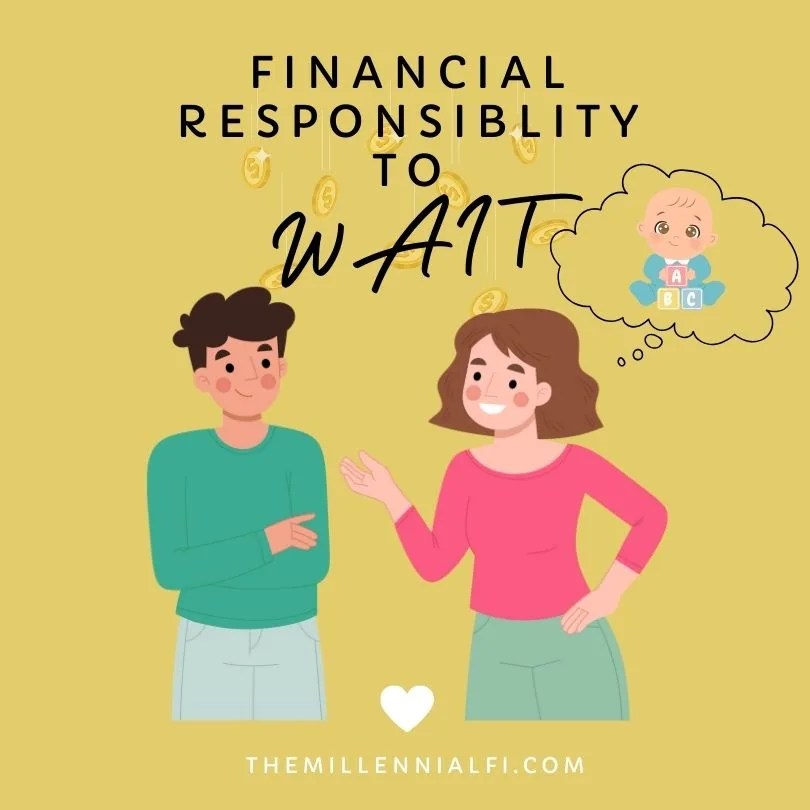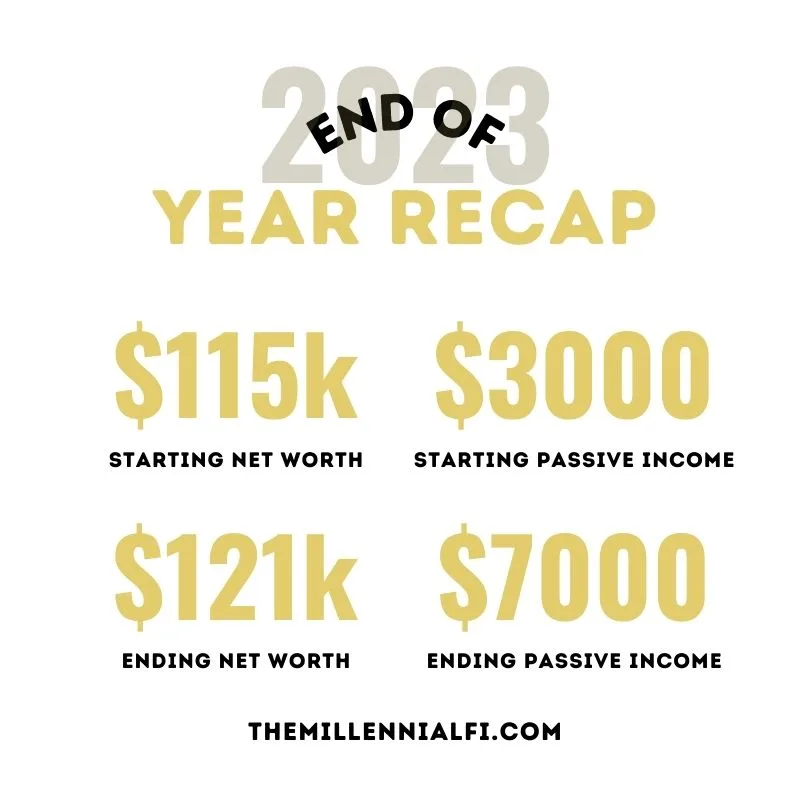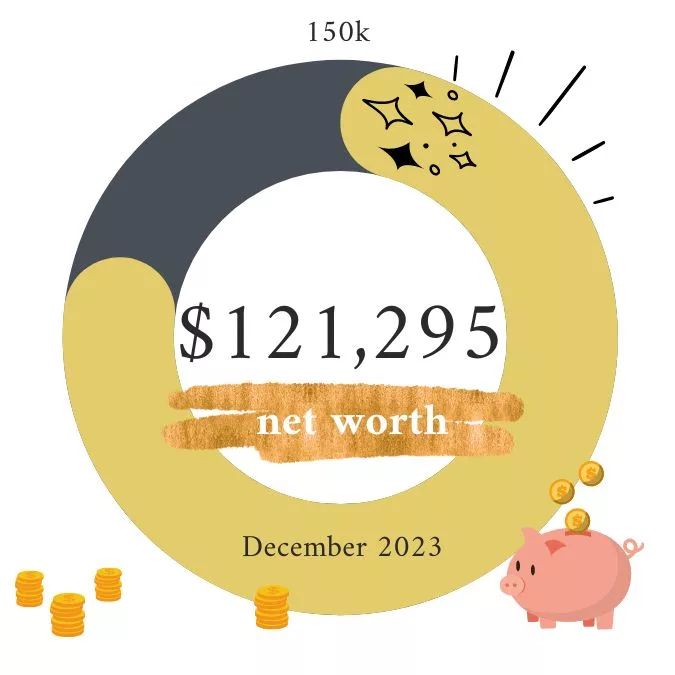A measure of how much loss you’re willing and able to endure during a decline in the value of your assets.
Risk Tolerance
As with life, anything that puts your financial future at risk evokes an emotional and physical response. Things like an unexpected expense, late fees, income loss, identity theft, market crash, etc. are probably what come to mind when we think of financial risks. Despite the numbers all working the same across each person’s perception of reality, we all have different risk tolerances. For example, losing a job may be someone’s worst nightmare while it’s just another day in the long string of days someone else calls life. What may seem like frivolous spending or gambling to one person does not seem that way to another.
So how do we determine risk tolerance?
The financial analyst in me always wants to run the numbers but when it comes to personal finances, it takes more than numbers to reach a decision. One needs to consider how taking any x-amount of risk will impact their mental and physical wellbeing. Because like it or not, how we spend our money and time impacts more than our balance books.
Extroverts will love this (sarcasm) but one of the first and arguably most important things one must do before or at the beginning of their FI journey is to get to know themselves on a deeper, more personable, level. So many of us run through life just scraping the surface. Ever struggle to introduce yourself or answer the dreaded “tell me more about you” line?
Not truly understanding and knowing oneself is risky because it can cause us to make poor, emotionally involved, financial decisions that impact our lives long term. For example, people that carry credit card debit month-to-month generally make poor purchasing decisions based on immediate wants and triggers irregardless of financial capabilities. We can blame the “treat yourself” culture, American consumerism, or the US education system all we want but at the end of the day nothing will change without financial education and decision making to seek financial independence over financial instability.
One of the most riskiest decisions one can make in the digital age is utilizing insecure login credentials. I’m talking about early 2000’s level credentials, making the password “password”, re-using the same login credentials across websites and services, not enabling 2-factor authentication, etc. By remaining lax in this area, people are putting their finances at risk.
Most recently, my husband’s Paypal account was hacked. He, like so many others, refused to use secure login credentials. The account was tied directly to our checking from when he did contract work and had sat largely unused for some time.
The accounts we make and forget can come back to haunt us!
The gist of what happened: the Paypal account was hacked from a *cough* R****** IP *cough*. Password was changed and account switched to Spanish. You know, as if normal people can’t read Spanish in the US. *eye roll* They then pulled three successive $99 deposits from checking to the Paypal account and archived the pending transactions to hide them from the main activity screen. I noticed 3 days later when the transactions showed as pending at our bank.
So what steps did we take to mitigate and recover the account and funds?
- Called Paypal and recovered account access, Paypal refused to assist with funds recovery and at the time we did not know where the funds were or if they’d been transferred.
- Called bank to put a stop on the unauthorized transactions.
- Changed Paypal account password utilizing a secure generator and set up 2 factor authentication.
- Removed bank account access.
I personally pushed for complete deletion of the account but my husband refused. Moral of the story is, close accounts that are old and unused. Use different and secure usernames and passwords for everything. Always set up 2-factor authentication and limit the institutions that have access to your banking and personal data. If we weren’t so far along in our Fi journey that $300 could have seriously threatened our financial lives.
That said, willfully choosing to neglect financial account security plays into one’s risk tolerance. If you’re one of our readers that chooses to not secure their accounts, are you truly willing to risk it all? If not, go update them!



